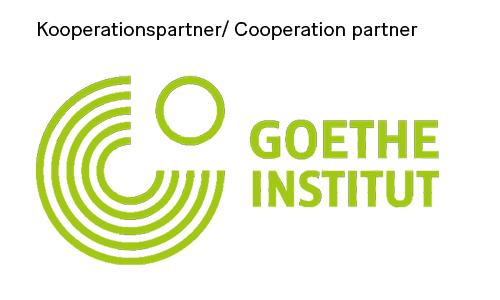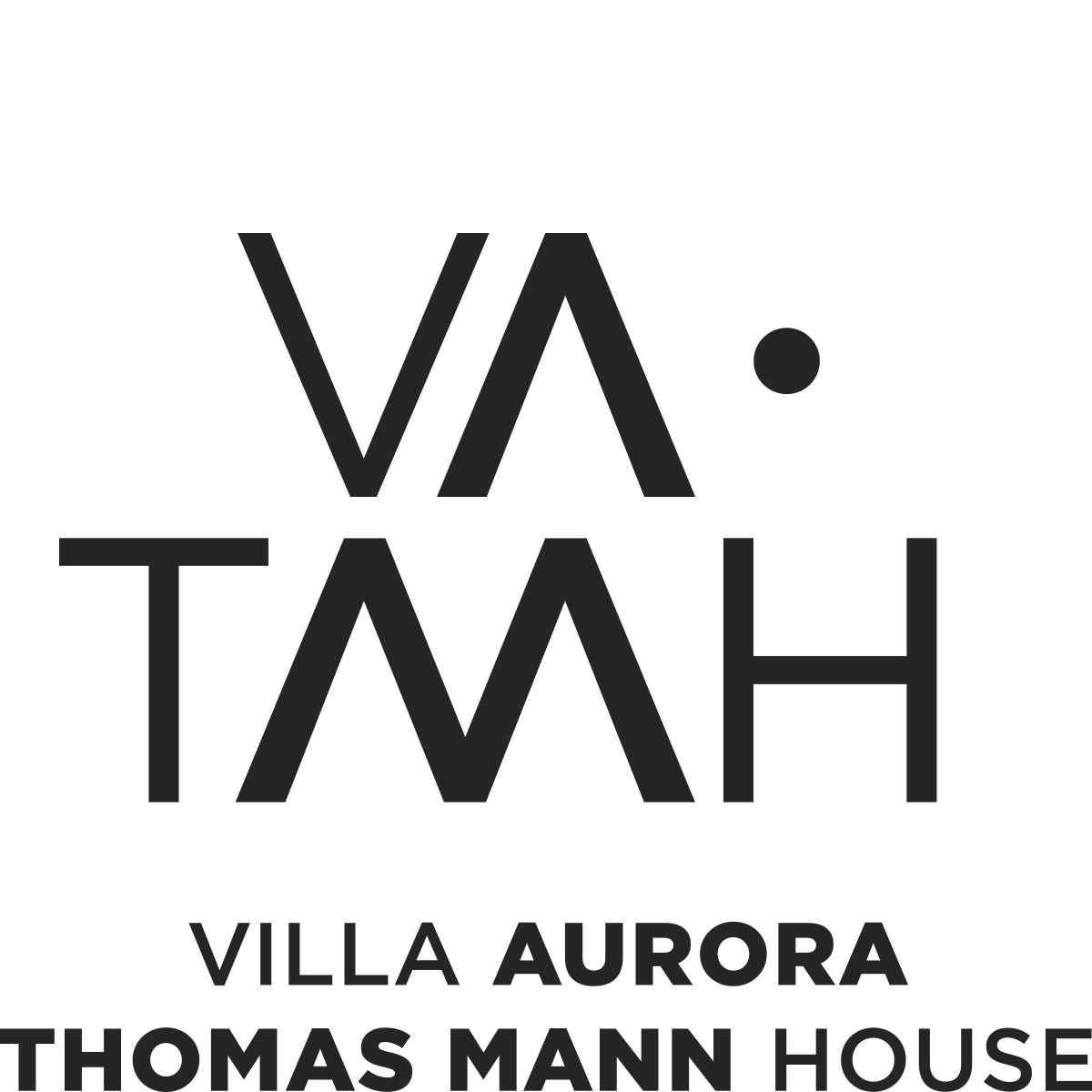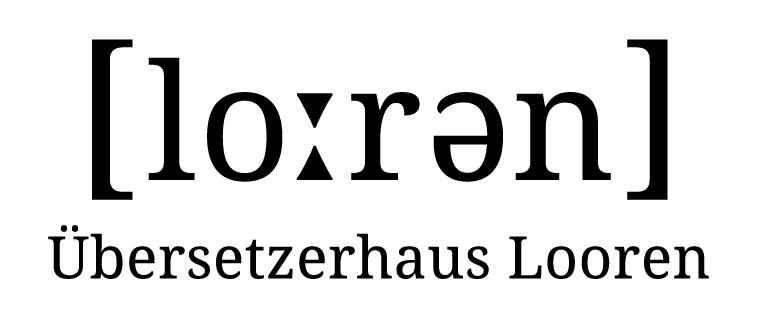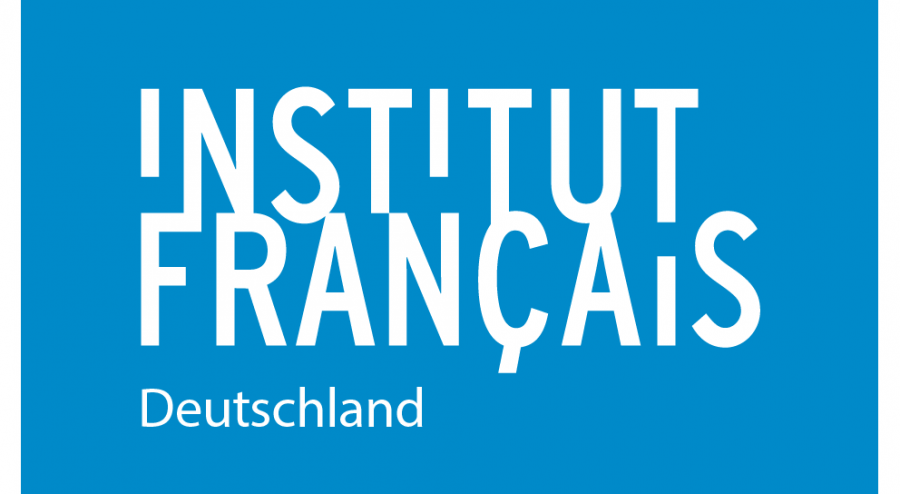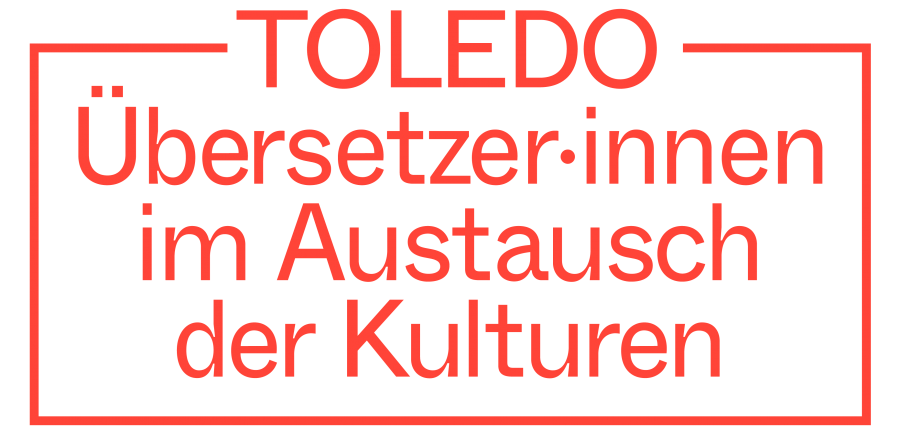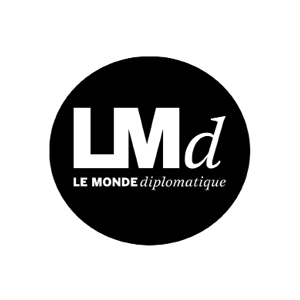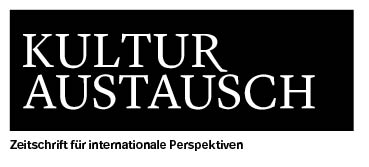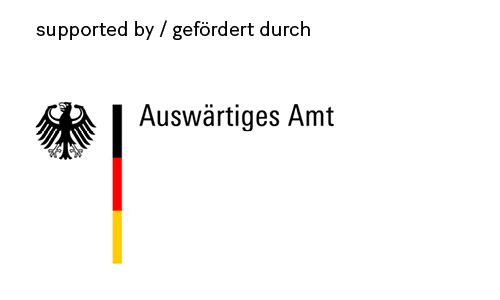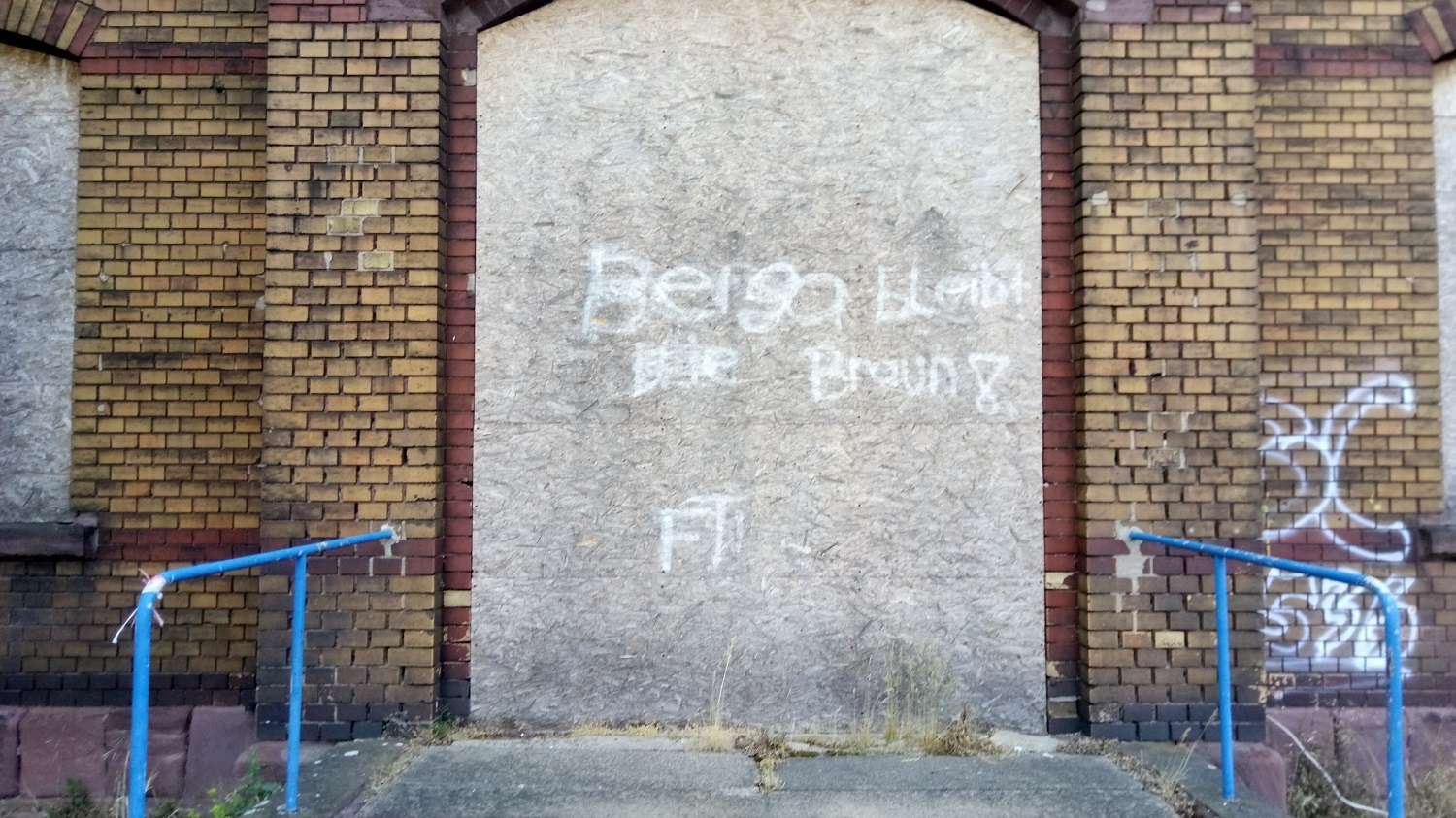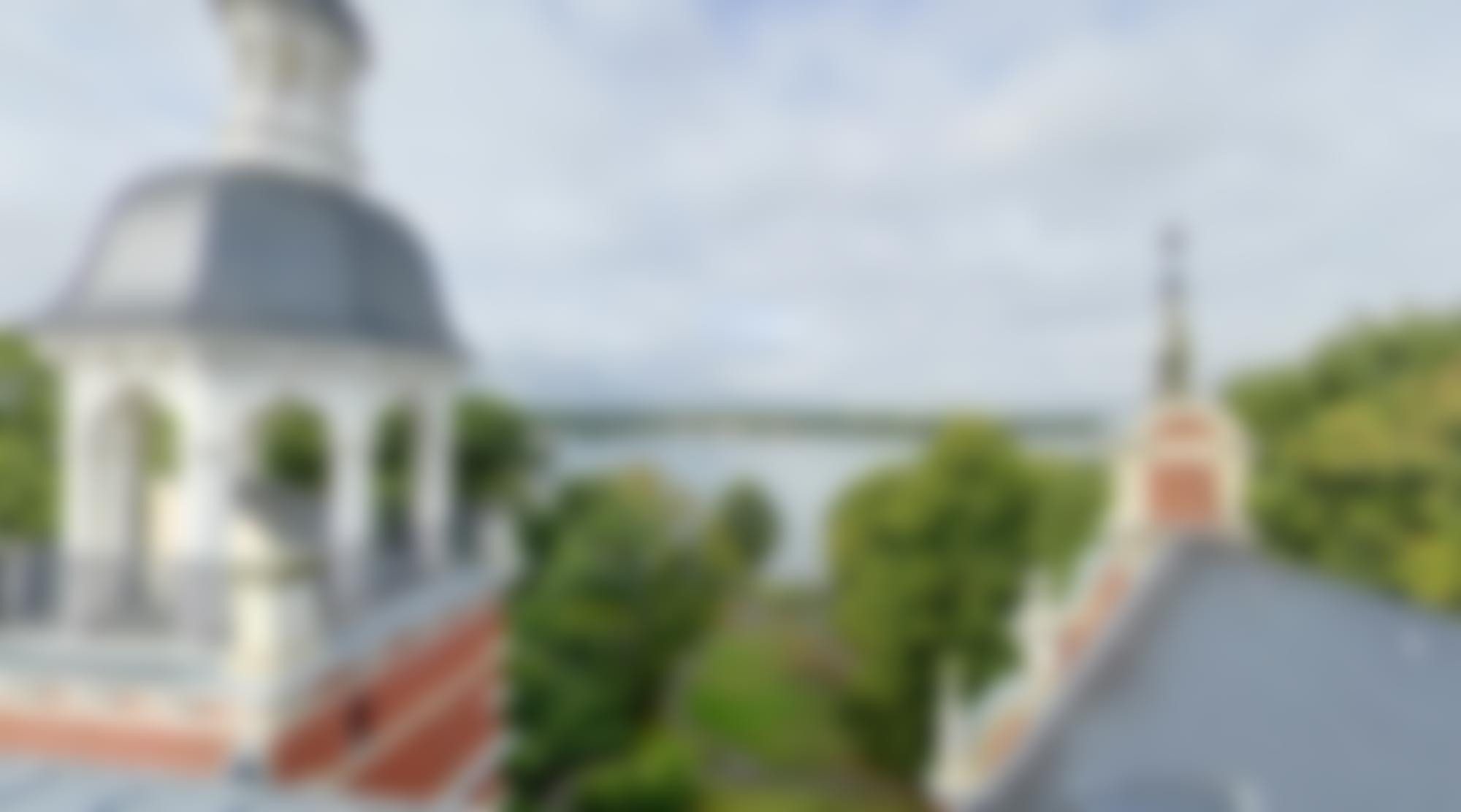Ein Besuch in der Goldenen Aue
Ich habe heute einen Ausflug in die Goldene Aue gemacht. Die Goldene Aue ist ein langgezogenes Tal im Osten Deutschlands, in der ehemaligen DDR. Es erstreckt sich von Nordhausen bis Sangerhausen und wird an den Seiten von kleinen Bergketten begrenzt. In der Mitte des Tals liegt ein Stausee, an guten Tagen spiegelt sich der Himmel in ihm. Die höhere Seite des Hügelgebirges nennt man den Kyffhäuser. Ein steinerner Turm erinnert an die Sage der Goldenen Aue: Es heißt, im Kyffhäuser, in einer Höhle, säße noch immer König Barbarossa, ein vertriebener und vergessener deutscher Kaiser. Sein Bart wuchs über die Jahrhunderte in die Steine hinein. Doch wenn er erwacht, stürmt er hinaus und schlägt die letzte Schlacht zwischen Gut und Böse. Und dann wird Deutschland wieder strahlen, in seiner alten Größe und Macht.
Dieser Mythos funktioniert für die politische Rechte als Heldengeschichte, als Hoffnung auf die Erlösung. Tatsächlich bin ich heute hierher gefahren, um mich mit dieser Hoffnung zu beschäftigen. Um nach Spuren zu suchen, um eine der Höhlen in den Bergen zu besuchen. Deswegen steige ich unterhalb des Kyffhäuserdenkmals aus dem Zug. An der Station Berga-Kelbra. Das Foto zeigt das Bahnhofsgebäude.
Wir sehen die ehemalige Eingangstür zum Bahnhofsgebäude. Auf den Platten, die es verstellen, hat jemand geschrieben: „Berga bleibt [unleserliches Wort] braun“. Im politischen Farbenspiel Deutschlands steht braun noch immer für nationalistische Parteien. Ganz konkret leitet sich die Farbe von den Braunhemden der nationalsozialistischen SA her, so habe ich es in der Schule gelernt.
Ich bin in die Goldene Aue gefahren, und was ich sehe sind vor allem Zeichen, die auf Vergangenes hindeuten. Das Bahnhofsgebäude ist leer und verlassen, seine verriegelten Türen sind mit politischen Parolen aus dem 20. Jahrhundert gezeichnet und die eigentliche Hauptattraktion dieses Ortes ist ein Steinturm zu Ehren eines nationalistischen Helden.
Niemand kommt, um den Take wegzumachen. Denn das Gebäude gehört ja niemandem, nicht mal einem Konzern. Es ist einfach da. Und bleibt da. So lange, bis es sich wieder lohnen wird, ökonomisch gesehen, etwas mit ihm zu machen. Aber wann wird das sein?
Was ist die Zukunft dieser Landschaft? In der DDR fuhren die Arbeiter·innen mit den Zügen zu den Fabriken und den landwirtschaftlichen Betrieben in der Nähe. Aber natürlich sind diese im Zuge der Wiedervereinigung reduziert worden. Die Arbeitslosigkeit stieg und stieg, die Bevölkerung wurde älter.
Es überrascht mich nicht, dass hier rechte Parolen an den Häusern stehen. Als ich um das Gebäude herumgehe, finde ich übrigens auch welche der Antifa. Ich möchte nicht sagen, dass alle Bewohner der Goldenen Aue Faschist·innen wären. Nein. Was mich aber ärgert, ist, dass diese Parole hier stehen bleibt. An der Eingangstür. Und was mich noch mehr ärgert, ist, dass der Bahnhof als Knotenpunkt einer Gemeinde, als Transitort, verwahrlost. Es zog sich der Sozialismus zurück und dann die Konzerne. Und was bleibt sind die Menschen und die Reste einer Architektur, die keine Funktion mehr erfüllt. Und irgendwie beeinflussen die einen das andere.
Dann packe ich meinen Ärger in meinen Rucksack und fahre zurück in die Hauptstadt. Und kann wieder vergessen. Was mich tatsächlich geärgert hat: dass die Goldene Aue ist wie sie ist, und dass ich nichts daran ändere.
A Visit to the Golden Meadow
Today I went on an outing to the Golden Meadow. The ‘Goldene Aue’, as it is called in German, is a long valley in the East of Germany, the former GDR, which runs from Nordhausen to Sangerhausen, bounded on either side by ridges of hills. In the middle of the valley is a reservoir which on a fine day reflects the sky. The higher range of hills is called the Kyffhäuser. A stone tower stands there as a reminder of the legend of the Golden Meadow. King Barbarossa, a banished and forgotten German emperor, is said to be hidden away in a cave in the Kyffhäuser. He has been there for centuries, so long that his beard has grown into the stones. But when he wakes and comes storming out, he will fight the last battle between good and evil, and Germany will once again shine in its old might and glory.
Those on the political right interpret this legend as a tale of heroism offering hope of redemption. It was with this hope in mind that I made the trip here. I wanted to look for clues and signs, to visit one of the caves in the hills. And so I get off the train below the Kyffhäuser monument, at Berga-Kelbra Station. You can see the station on the photo.
This is the former station entrance. On the sheets of wood that board it up someone has written, ‘Berga is still [illegible word] brown.’ In Germany’s political colour spectrum, brown has long been the colour of nationalist parties—a reference (or so I learnt in school) to the brown shirts worn by the Nazi stormtroopers.
What strike me most in the Golden Meadow are the evocations of the past. The station is empty and deserted, its boarded-up doors scrawled with political slogans from the twentieth century, and the local attraction is a stone tower built in honour of a nationalist hero.
Nobody comes to remove the graffiti. The building doesn’t belong to anyone; it doesn’t even belong to a concern. It’s simply there, and there it will remain until it’s worth someone’s while to do something with it. But when will that be?
What is the future of this countryside? In the GDR, workers took trains to the local factories and agricultural holdings, but these, of course, were scaled back following reunification. Unemployment went up and up; the population grew older.
I am not surprised to find alt-right slogans on the buildings here—and walking around the back of the station, I do also find Antifa slogans; I’m not saying that all inhabitants of the Golden Meadow are fascists. What upsets me, though, is that this particular slogan should remain, on the main door. And what upsets me even more is that the station, once a hub of the community and a place of transit, should be left to go to rack and ruin. First Socialism bowed out and then the concerns. All that’s left are the people and the remains of a building that no longer serves a function—and they have a kind of mutual effect on each other.
I stuff my anger into my rucksack and drive back to the big city, where I can forget all this. But one thing has really upset me—that the Golden Meadow is the way it is and I can’t do anything about it.
Translation: Imogen Taylor
Teilen
